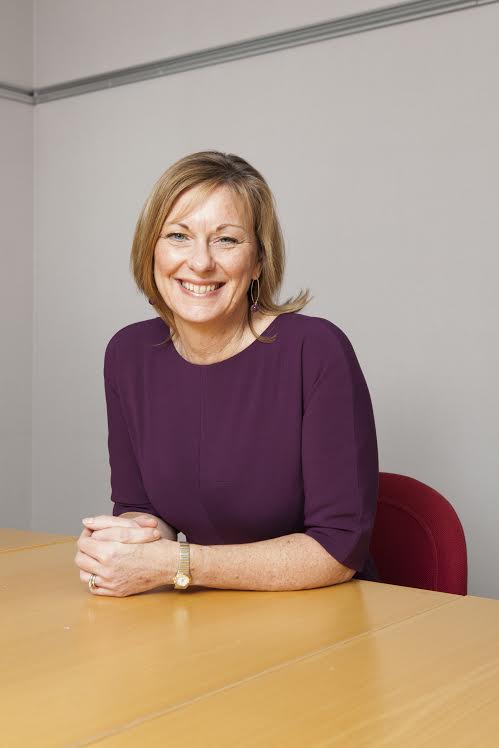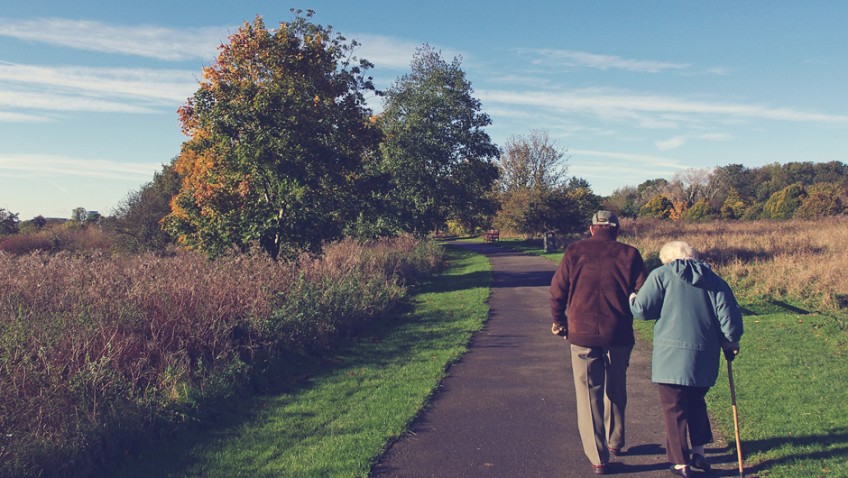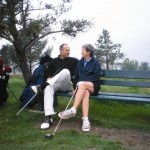There is a plethora of misconceptions about falls out there – from level of risk to potential for prevention.
However, what is crystal clear is the scale of the falls challenge and the urgency in tackling it.
One in three over 65s have a fall each year. Across the UK every year 1.2 million people end up in A&E after a fall, costing the NHS £1.6 billion.
The simple truth is that we need to prevent more falls than we’re doing at the moment – because it is cheaper, not to mention less traumatic for individuals, than picking people up.
To deliver the necessary investment in prevention services and promote individual action we must challenge three big misconceptions.
Misconception number one: you’re too young to fall.
A Saga Populus survey of 9,521 people aged between 50-79 years old found that every age group significantly underestimated their risk of falling.
But, people in their fifties demonstrated the biggest gap between perception and reality – only 7 per cent of people in their fifties thought they would fall in the next year, yet nearly double (13%) that number had done so in the previous 12 months.
Bone loss slowly increases as part of the natural ageing process; affecting people in their 30s onwards. Raising awareness of this is critical to promoting change.
Misconception number two: falls cannot be prevented.
Falls are often perceived as ‘just one of those things’ that happen as you get older. In fact, they are not inevitable.
Earlier this year we helped publish a falls prevention guide called ‘Get up and go’, which provides examples of exercises to improve strength and balance and tips on how people can fall-proof their home.
An accompanying video demonstrates a simple test that can be used to identify an individual’s risk of falling. The guide and video can be accessed on the CSP website.
Small steps really can make a big difference.
Misconception number three: there is a lack of evidence of what works.
There isn’t. Physiotherapists have specialist skills in assessment and re-ablement and deliver evidence based exercise, education and advice programmes that can prevent falls, improve balance, and promote active and healthy lifestyles
 Physiotherapy led group exercise programmes have been shown to be effective and to reduce falls by 29% and the risk of falling by 15%, and individual exercise programmes by 32% and 22% respectively.
Physiotherapy led group exercise programmes have been shown to be effective and to reduce falls by 29% and the risk of falling by 15%, and individual exercise programmes by 32% and 22% respectively.
Westminster Falls Service offers risk assessment and targeted intervention to prevent falls. Clients followed up a year post discharge reported a 60% reduction of falls, 55% fewer fractures, 92% fewer A&E admissions, and a 80% reduction in GP appointments compared to the year prior to intervention.
By addressing the misconceptions head-on we can usher in a behaviour shift, a culture shift and a service shift when it comes to falls prevention.
Reducing the number of falls should be a top priority for politicians, commissioners, health professionals and, frankly, all of us as individuals – it will save hundreds of millions of pounds and avoid the personal distress that far too many people experience each year.
It’s time to stand up to the misconceptions about falls; and be more radical and coherent in the way prevention services are designed, funded and delivered.
By Prof Karen Middleton, chief executive of the Chartered Society of Physiotherapy.
Image credit coombesy at https://pixabay.com/en/old-couple-people-strangers-grunge-450742/





